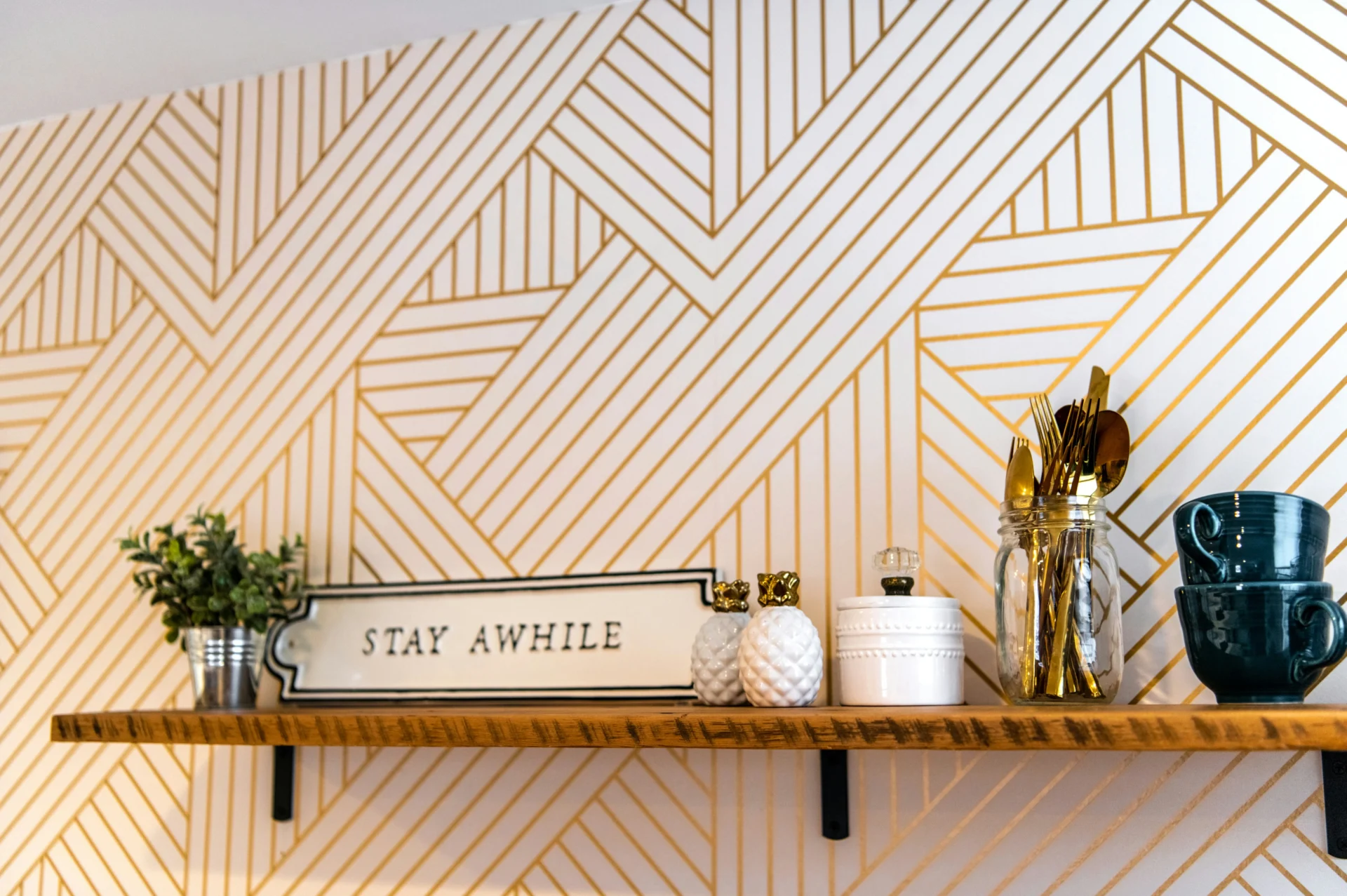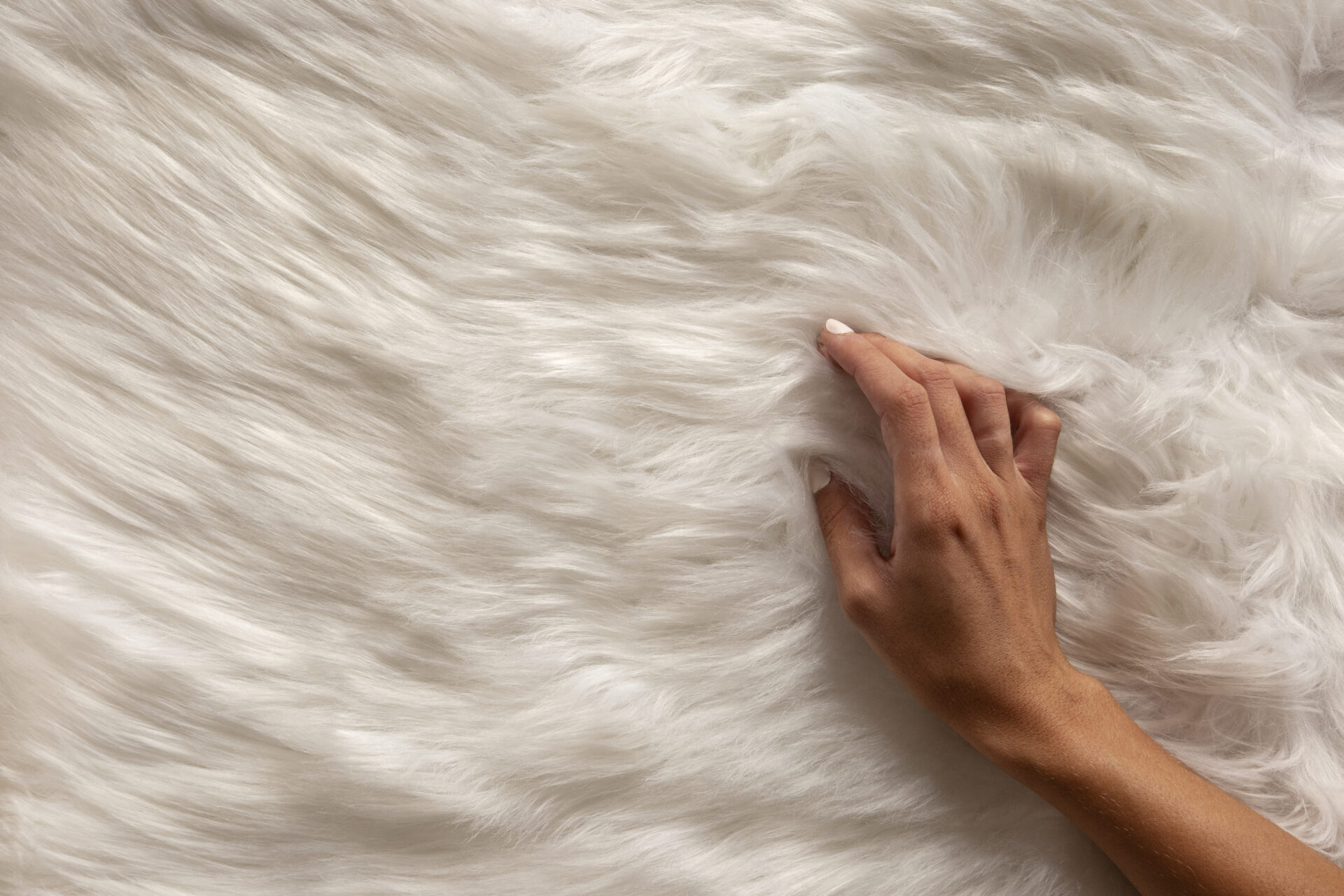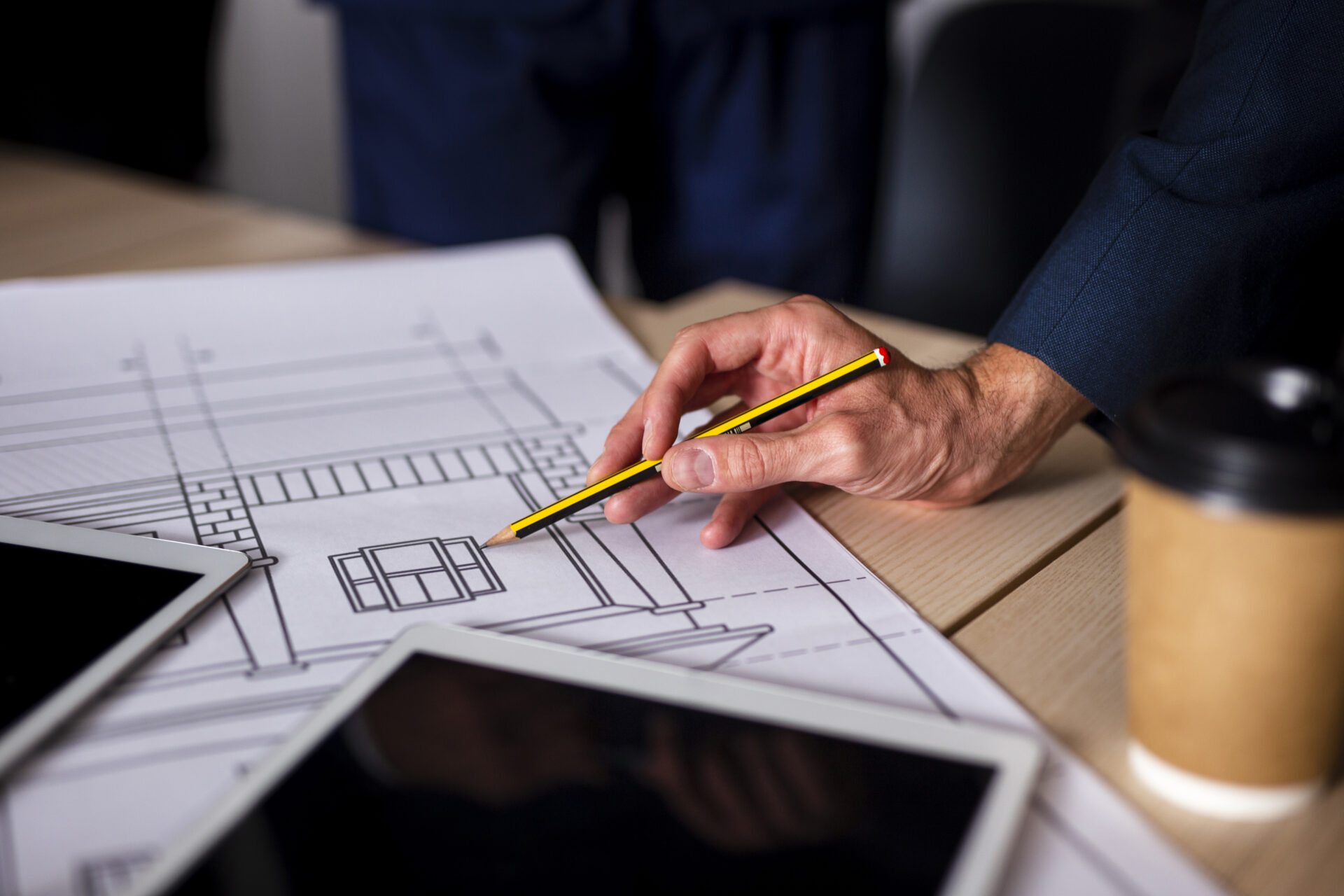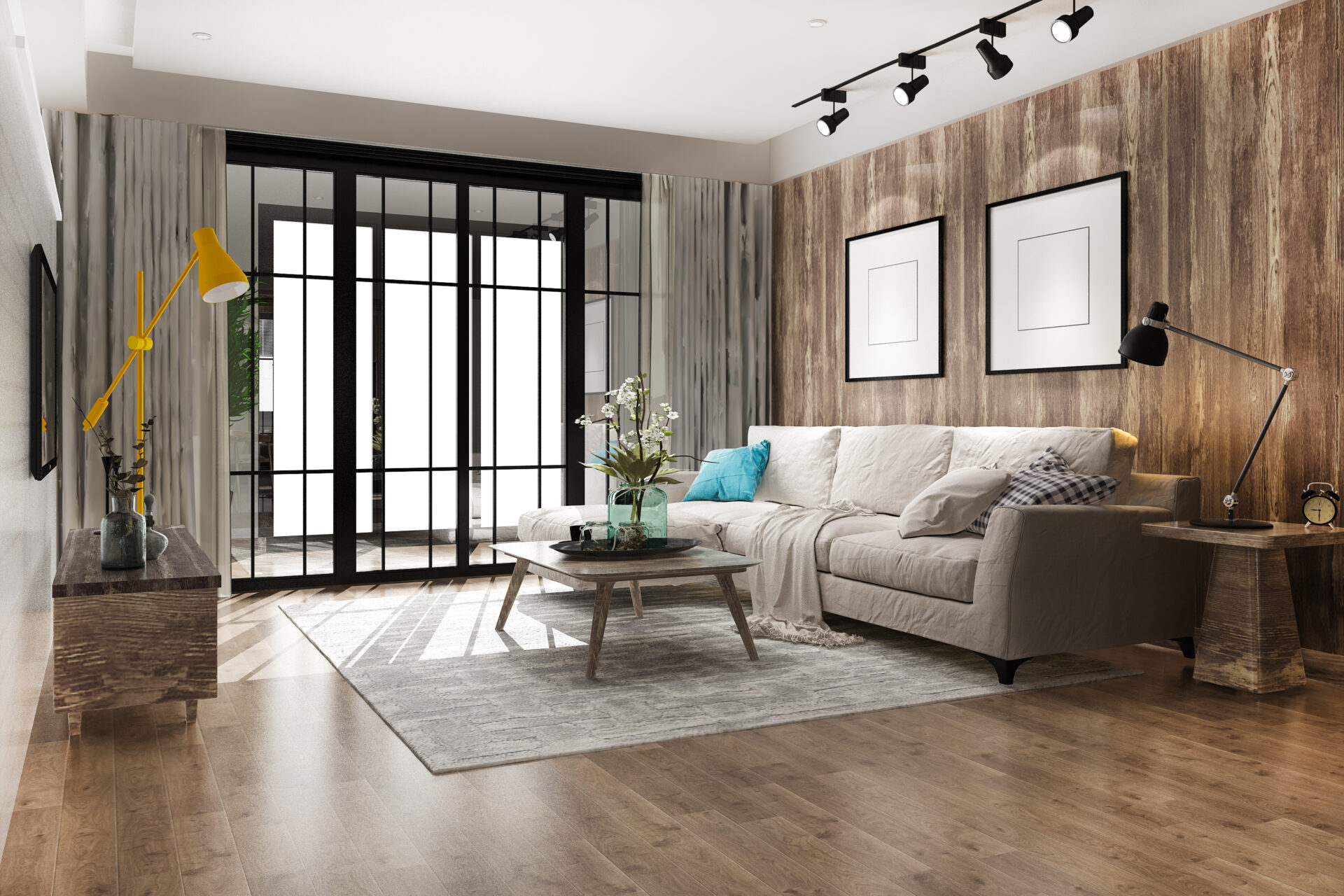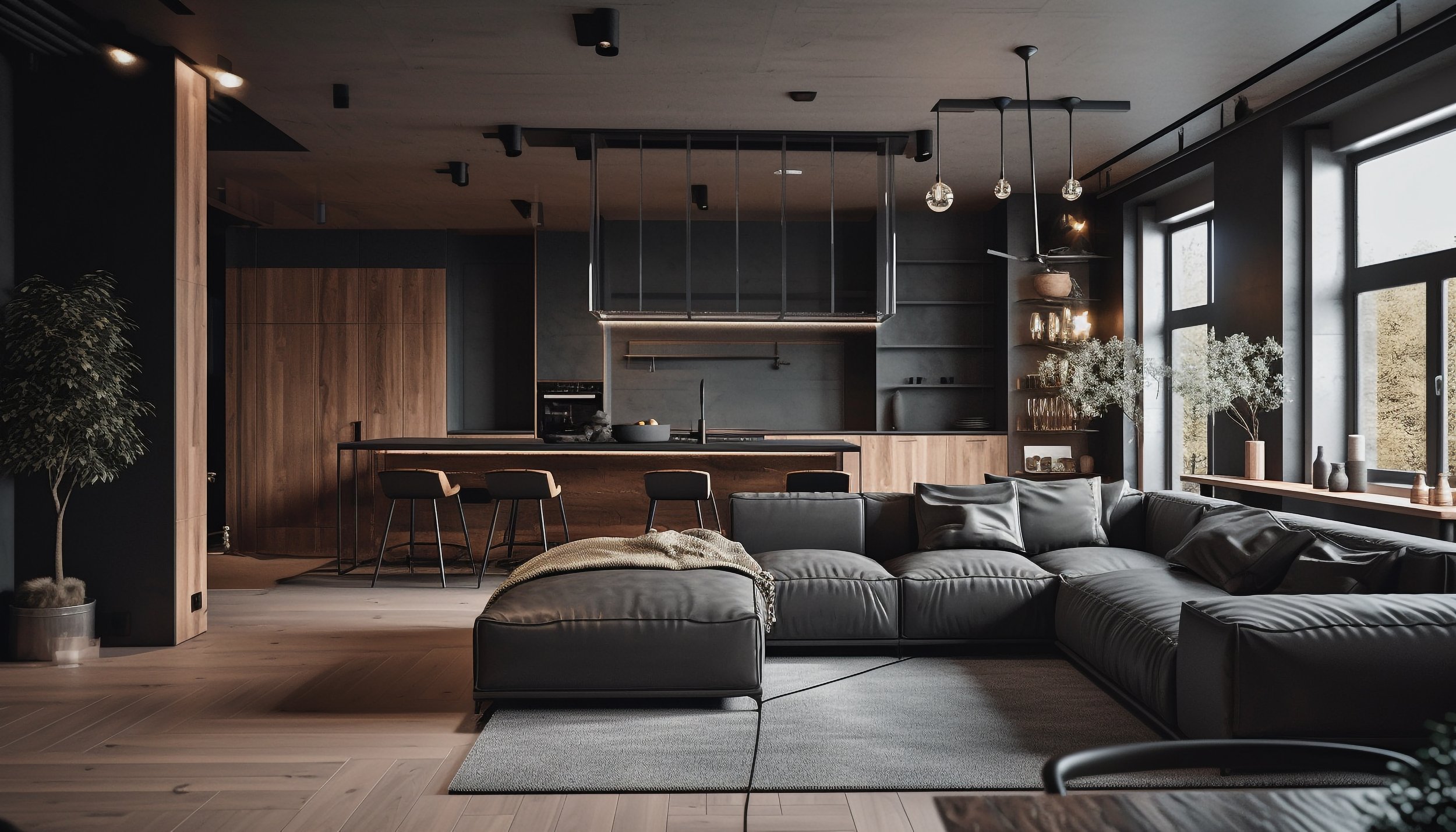
Exploring the Future of London Interiors: Unveiling Trends with a Premier Interior Designer
Contact UsEmbracing Warmth and Natural Materials
Stepping into 2024, the design landscape witnesses a fundamental shift towards warmer, earth-inspired tones that resonate with a deep connection to the environment. London interiors, once dominated by the subdued elegance of greys, now resonate with the welcoming embrace of earthy beiges, contemporary off-whites, and taupes. These nuanced shades, coupled with the introduction of natural materials such as stones, marbles, and tactile lime wash walls, evoke an aura of comfort and serenity. The Scandi-inspired design ethos, known for its sleek and minimalist aesthetic, gently evolves to embrace a more inviting and cocooning ambiance, enticing inhabitants to relish in its enveloping warmth.
The Elegance of Depth and Sophistication
The Rise of Softened Architectural Elements
A subtle yet discernible shift is witnessed in the architectural landscape, as softened contours and fluid curves take centre stage. Timeless arches, reminiscent of architectural heritage, play a pivotal role in sculpting spaces, framing transitions, and infusing character. These design elements, adorning hallways and spaces with an artistic touch, offer a delightful contrast to the rigidity of Scandinavian design. Complementing this transition, bouclé fabrics make their mark, imparting a sense of warmth and tactile allure to bedroom spaces, cocooning inhabitants in comfort and style.
Personal Expression and Thoughtful Sustainability
Moving beyond mere décor, the evolving interiors of London homes now espouse a narrative that embodies personal expression and sustainability. The emphasis is on conversation-starting pieces – sculptural furnishings, bespoke lighting installations, and curated coffee table books that serve as poignant reflections of one’s aspirations and inspirations.
Adaptive Living and Eco-Conscious Design
A new era of versatile living takes root, harmonising hybrid working and lifestyle demands. Interior spaces are thoughtfully designed to accommodate multifunctional needs, blurring the boundaries between home and workspace. The integration of convertible furniture and flexible layouts maximises space utilisation, offering a practical solution tailored to the dynamic urban milieu. Simultaneously, a conscientious approach to design takes shape, with an increased focus on eco-friendly materials and sustainable practices. Innovations in energy-efficient lighting, recycled materials, and biophilic design foster a renewed commitment to environmental consciousness.
A Canvas of Self-Expression
Art and bespoke creations take centre stage, transforming interior spaces into expressions of personal identity and individuality. Homes are no longer mere living spaces; they are canvases that embody the very essence of one’s aspirations and inspirations. Art, in its myriad forms, becomes a defining element, infusing spaces with character and meaning, transcending boundaries, and fostering a unique sense of belonging.
Innovative Use of Technology in London’s Interior Design
As we step into 2024, technology integration becomes a defining aspect of London’s interior design. Smart home technologies are seamlessly integrated into living spaces, offering convenience and efficiency. From automated lighting systems to voice-controlled appliances, technology enhances the functionality of homes while maintaining aesthetic appeal. The use of virtual reality (VR) and augmented reality (AR) in design processes allows designers and homeowners to visualise spaces before making physical changes, ensuring that each element aligns perfectly with the envisioned style.
The Revival of Vintage Elements in Modern London Interiors
There’s a growing appreciation for vintage elements in London’s interior design. This trend sees a harmonious blend of old and new, where antique furniture pieces and classic motifs are juxtaposed with modern design principles. This fusion creates unique, timeless spaces that celebrate London’s rich historical tapestry while staying current with contemporary aesthetics.
Incorporating Green Spaces into Urban London Living
In 2024, the incorporation of green spaces within urban London homes gains prominence. This trend, driven by a desire for a connection to nature in city living, sees the integration of indoor gardens, vertical plant walls, and balcony greenery. These elements not only enhance the visual appeal of spaces but also contribute to improved air quality and overall well-being.
Cultural Influences Shaping London’s Interior Design Landscape
London’s diverse cultural tapestry increasingly influences its interior design trends. Global design elements, from Asian minimalism to Mediterranean vibrancy, find their way into London homes, reflecting the city’s multicultural identity. This fusion of cultures brings a rich diversity of textures, patterns, and colors, making each space uniquely reflective of the world’s various artistic heritages.
Sustainable and Locally-Sourced Materials in London Interiors
The focus on sustainability extends to the use of locally-sourced materials in London’s interior design. In 2024, designers and homeowners increasingly opt for materials and products sourced from local artisans and suppliers, reducing the environmental impact of transportation and supporting local economies. This trend also celebrates British craftsmanship, showcasing the skill and artistry found within the UK.
London’s Interior Design: A Reflection of Lifestyle Shifts
Finally, London’s interior design trends in 2024 mirror broader lifestyle shifts.Homes in London are now being designed with more flexibility to prioritise work-life balance, catering to a variety of activities from work to relaxation. Designers are focusing not just on functionality but also on thoughtfully enhancing the quality of life, reflecting the changing priorities and values of the residents.
With these additions, the article now provides a comprehensive overview of the multifaceted and dynamic interior design landscape of London as it steps into 2024, making it more engaging and informative for readers interested in the latest design trends.

